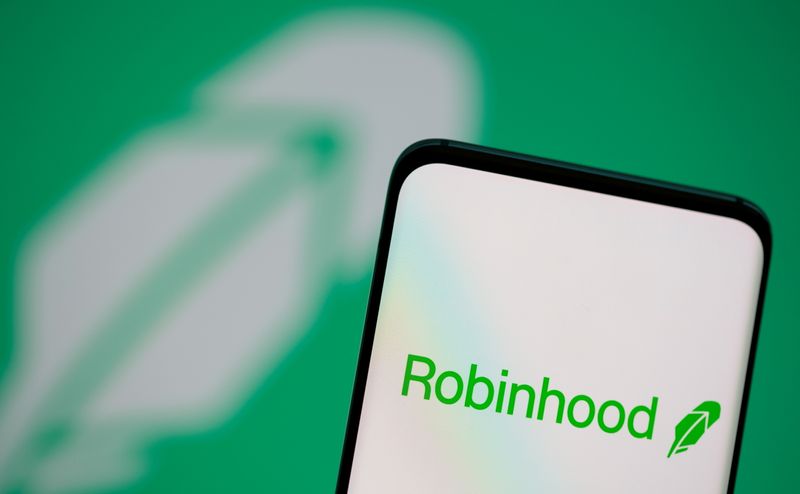According to Bernstein analysts, while Robinhood (NASDAQ:)’s rise in 2021 was tied to the Zero Interest Rate Policy (ZIRP), the platform is now benefiting from a “Peak Interest Rate Policy” (PIRP) as rates start to decline.
“HOOD has not just survived a winter, and is now evolving to be a sustainable business with improving economics,” said the firm in a note Thursday.
Robinhood stock has surged approximately 30% in the past month and nearly 100% year-to-date. Bernstein highlights five key reasons behind Robinhood’s recent breakout.
Growing Assets, Not Just Trading Revenues: Robinhood’s assets under custody have grown to $140 billion, up 57% year-over-year by Q2 2024. “Assets per customer have more than doubled from $2,800 to $5,800 per account,” Bernstein noted.
They add that the company is successfully attracting new deposits and incentivizing transfers with offerings like a 1% incentive for transfers and competitive yields on uninvested assets.
Transaction Revenues: Bernstein says trading volumes have rebounded across Robinhood’s key products. Equity trading is up 57% year-over-year, while crypto trading has jumped 135%. The firm highlights that “transaction revenues are back up to approximately 50% of total revenues after bottoming at 40% in Q2 2023.”
Crypto Momentum: Robinhood’s crypto revenues have surged 160% in the first half of 2024. According to Bernstein, Robinhood is poised to benefit further from the next crypto bull cycle, supported by the recent acquisition of Bitstamp, which adds new revenue streams in stablecoins, staking, and derivatives.
Product Innovation and Expansion: Robinhood’s global expansion and product innovation are also said to be paying off. The company has launched new services like Robinhood Wallet, improved offerings for Gold customers, and a retirement accounts program. Robinhood continues shipping new products and aggressively expanding globally, Bernstein said, pointing to recent rollouts in the UK and Europe.
Strong Operating Leverage: Robinhood has significantly improved its cost structure, reducing operating expenses (excluding SBC) from 160% of revenues in Q1 2022 to 60% in Q2 2024. With revenues rising and 90% of costs being fixed, Robinhood is experiencing strong operating leverage. Bernstein expects “2024E positive operating income of ~$900 million.”
Bernstein maintains an Outperform rating on Robinhood, with a price target of $30.


